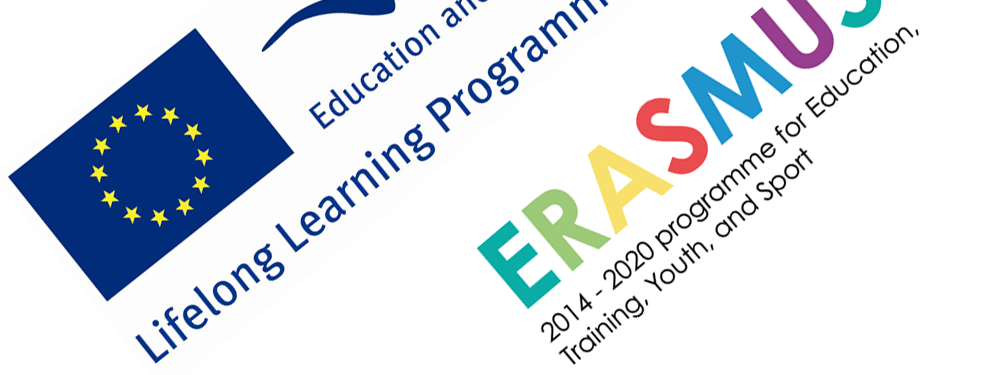Daniel Wójcik - mise à jour du groupe, Upstairs: Transforming the transition from kindergarten to primary school
Daniel Wójcik
avatar Upstairs: Transforming the transition from kindergarten to primary school changé
Il y a 2 mois
Daniel Wójcik
avatar Upstairs: Transforming the transition from kindergarten to primary school changé
Il y a 2 mois
Daniel Wójcik
avatar Upstairs: Transforming the transition from kindergarten to primary school changé
Il y a 2 mois
-
transition2primary is a digital common space that facilitates cooperation between all members of the pre-school and primary school communities. This site incorporates a repository of activities, tips and supporting material for school staff and for the parents, to support transition and special requirements for disadvantaged children. Through all these materials, we aim at developing child-centric collaborative transition support that will provide the children with the necessary skills to confront the new environment.
-
Catégorie
Transitions and pathways -
Créé
mercredi 31 janvier 2024 -
Administrateurs du groupe
Daniel Wójcik










